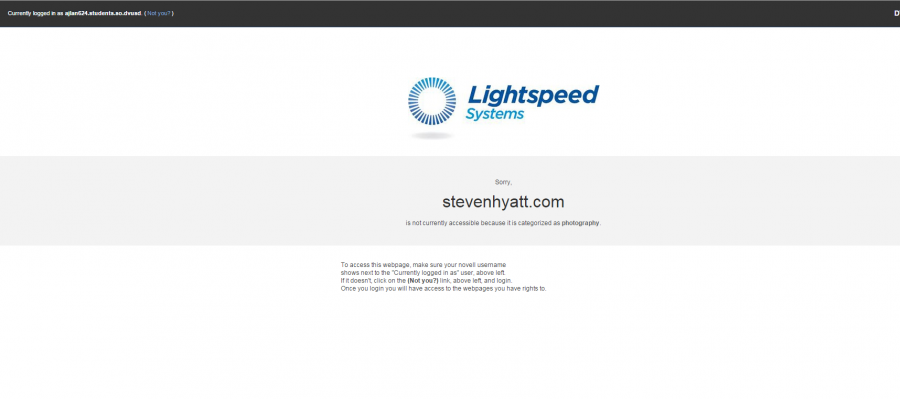Lightspeed systems slows students’ learning
February 2, 2015
On any given day at OHS and countless other schools, a student may find himself or herself in need of research materials, and there would be no better place to find them than the Internet.
When using the school’s Wi-Fi connection or on-site computer, however, this becomes a delusion as the infamous Lightspeed Systems stands, ironically, in the way of an abundance of helpful, scholarly information and sources.
For the few who may be unfamiliar with it, Lightspeed is OHS’ chosen web filter program. It blocks websites that contain what the administration considers to be explicit content and any other websites that may be a distraction during school hours.
As stated previously, though, the program blocks more than just inappropriate websites. This is due to its broad settings that place restrictions on sites that may only mention a keyword.
It blocks sites without so much as an inkling of abusable material. Put simply, Lightspeed Systems is more of a hindrance than a means of learning or teaching assistance.
All of this has been without mention of the ways around Lightspeed. Students can and do use proxy servers, separate browsers, and apps that either avoid being blocked by default or are designed to dodge software like Lightspeed.
So far, OHS’ choice web filter has proven to be less than desirable. On a personal level, I disagree with one group of people trying to decide what is appropriate for another — that is to allude to the administration regarding students’ digital affairs.
I’ve found censorship to be unfortunate as an idea, for the sole reason that individuals will stumble upon explicit subjects anyway. One might even go so far as to say that censorship in this age is pointless as kids will find ways around it, without fail.
That said, Lightspeed Systems is a waste of both time and money for all parties involved.





